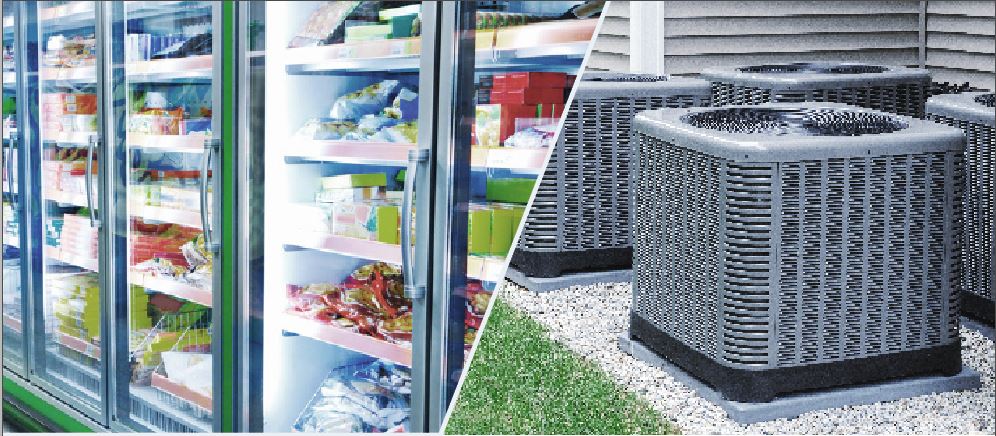Cooling technology is one of the fastest growth areas for additional energy demand. Even in Germany, which is a relatively cool country, over 73 TWh of electrical power per annum is consumed for technical cooling. Technical cooling today almost exclusively relies on compressor-based systems, whereby the heat is dissipated via the changed physical state of a refrigerant. All conventional refrigerants have a global warming potential to a greater or lesser extent. They are therefore becoming increasingly regulated or banned across the EU. Other disadvantages: Compressors require a great deal of space, generate noise, are subject to wear and need to be serviced at great expense. Reason enough for Fraunhofer IPM scientists to work in the promising field of magnetocaloric cooling.
Based on caloric effects, energy efficient cooling systems can be developed that operate entirely without refrigerants. They are based on what are called magnetocaloric, electrocaloric or elastocaloric materials. These materials heat up when exposed to a magnetic or electric field or to a mechanical force. When the field or force is removed, the caloric material cools down accordingly. Based on this effect, a cooling cycle can be implemented.
System design makes a crucial contribution to cooling performance
Some of the available caloric materials already exhibit very good properties in terms of adiabatic temperature change, efficiency and long-term stability. For industrialization, however, it is essential that these excellent material properties are transferred to systems without loss. Only in this way can efficient and at the same time economical systems be realized in the end. The basic system concept, in particular the type of heat transfer, is a key factor in this. In this context, our team is researching the optimization of heat transfer from the caloric material to the medium to be cooled or heated. In doing so, we rely on concepts that have been used for heat pipes for a long time. This enables heat transfer rates that are orders of magnitude higher than with common caloric systems and hence also power densities of caloric systems several orders of magnitude higher.
